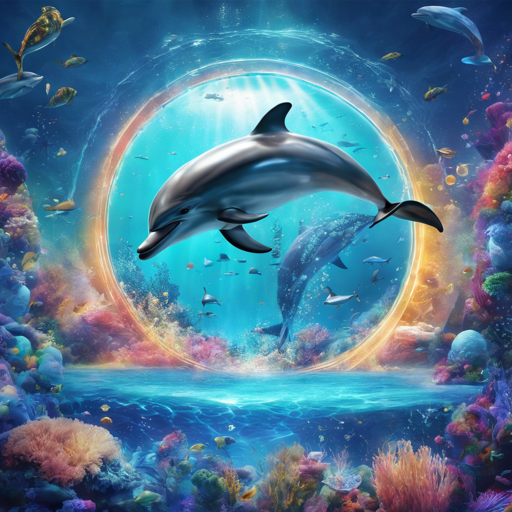DolphinVision 7B is a cutting-edge multimodal AI model that stands out due to its unique capabilities. Curated by a talented team including Quan Nguyen and Eric Hartford, the model is designed to interpret and analyze images while providing insightful commentary. This guide will help you understand how to leverage DolphinVision in your projects.
Getting Started with DolphinVision
To begin using DolphinVision, you need to set up your environment correctly. Below is a step-by-step guide to install and run the DolphinVision model.
Setup Instructions
- Ensure you have Python installed along with the necessary libraries.
- Use
pipto installtorchandtransformerslibraries. - Download the model using the provided code snippet below:
import torch
import transformers
from transformers import AutoModelForCausalLM, AutoTokenizer
from PIL import Image
import warnings
# disable some warnings
transformers.logging.set_verbosity_error()
transformers.logging.disable_progress_bar()
warnings.filterwarnings('ignore')
# set device
torch.set_default_device('cuda') # or 'cpu'
model_name = 'cognitivecomputations/dolphin-vision-7b'
# create model
model = AutoModelForCausalLM.from_pretrained(
model_name,
torch_dtype=torch.float16,
device_map='auto',
trust_remote_code=True)
tokenizer = AutoTokenizer.from_pretrained(
model_name,
trust_remote_code=True)
# example prompt
prompt = 'Describe this image in detail'
messages = [{"role": "user", "content": f'\n{prompt}'}]
text = tokenizer.apply_chat_template(
messages,
tokenize=False,
add_generation_prompt=True)
print(text)
# Proceed with further analysis
Understanding the Code
Think of the code as setting up a kitchen to prepare a grand meal. First, you gather your ingredients (libraries and tools). Then, you set your cooking space (device setup) to either use a stove or an oven (CUDA GPU or CPU). You select the recipe (model) that suits your culinary desires and prepare everything accordingly.
Example Usage
Once you have set up the model, you can prompt it to analyze images. Simply provide the path to an image, and the model will generate a detailed description of the content within that image. This capability makes it exceedingly useful for a wide range of applications, from education to software assistance.
Troubleshooting Tips
- Ensure that your CUDA drivers are up to date if you’re using a GPU.
- If you encounter memory errors, try reducing the image resolution.
- Check PyTorch and Transformers version compatibility to solve potential conflicts.
- For more insights, updates, or to collaborate on AI development projects, stay connected with fxis.ai.
If you experience any other issues, consult the model’s documentation or join the supporting community on Discord: Discord Community.
Conclusion
At fxis.ai, we believe that such advancements are crucial for the future of AI, as they enable more comprehensive and effective solutions. Our team is continually exploring new methodologies to push the envelope in artificial intelligence, ensuring that our clients benefit from the latest technological innovations.

